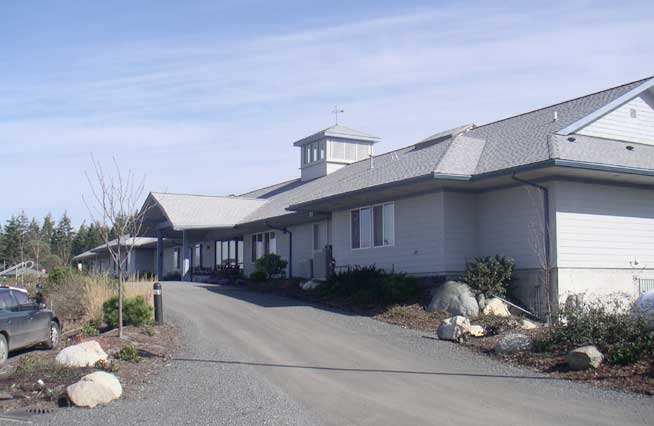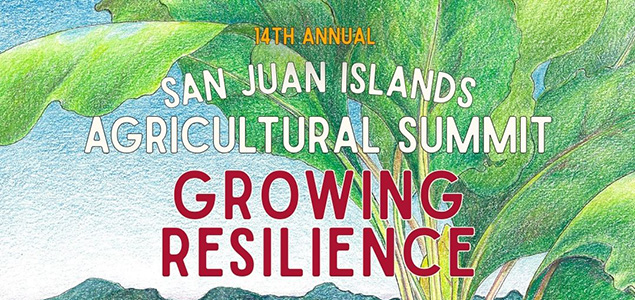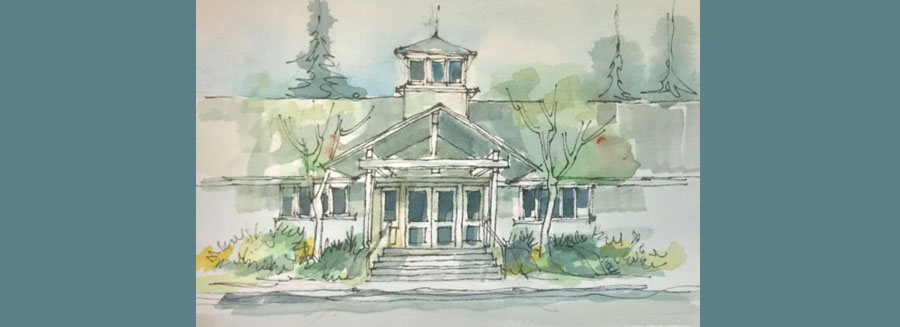||| MIDNIGHT MUTTERINGS by JACKIE BATES |||
All of us trying to send less to the landfill have been doing what we can with what we have and what we know. I have a friend who has vowed not to buy anything new (other than food and underwear, maybe cosmetics and pharmaceuticals) for a year. That is, all the clothes, household goods like kitchen utensils like pots and pans, dishes and small appliances, home furnishings like actual furniture as well as rugs and sheets and towels, blankets and decorations that she buys will have been ‘pre-owned’. I’m not sure how this will affect her teen age son who, like many of his mates, is heavily involved in emerging tech, which is by definition new.
Then, there are our efforts to compost, cook from scratch so we don’t stack up the packaging that comes with many ultra processed food. And, there are the zip lock bags what we can wash and hang to dry only to wrap another sandwich, pint of berries, or last slice of pie until, finally the little zip locker just can’t take it any more and sighs and splits. Maybe we even try to recycle that as ‘plastic film’ that includes the wrapping on a new mattress or the three T shirts that came in a plastic package from Amazon, in spite of the news that most of the plastic waste eventually ends in a landfill here or abroad, where it lasts for centuries, or in the ocean where it degrades into micro- or nanoplastics we, in turn, eat with the fish we catch or buy at the market. We are all full of microplastic with no idea how it will affect our health, the health of our babies and pets or the health of the oceans. We do know it can’t be good.
Then a few days ago I was returning from the mainland from a medical appointment—I know, using fossil fuel in my car and on the ferry and polluting the air in the process—after sending a whole bunch of medical waste to where that goes after a simple medical exam and lab tests…
On my way north, I stopped at Skagit Coop I have belonged to for half a century, and there on the shelf beside the parchment baking sheets (made of cellulose that burns, maybe even degrades along with the yard waste and food scraps that is collected and composted in some cities (but not yet on Orcas as far as I know. Yard waste—yes. Food waste—not yet, but correct me if I’m wrong, except in home compost…)
Anyway, there was another shelf of brown boxes labeled ‘Sustainable Cling Wrap.’ Here’s what the package information says,’Perforated food safe BPA free.’ I haven’t opened the package yet, but think the perforations are for tearing apart the sheets. The company is ERDLING and the website: erdling.co (Note: that’s ERDLING.CO not erdling,com.)
If you go the the website, you will learn, among other things: ‘Our material is derived from naturally occurring hydrocarbon which turns into a fully biodegradable polymer when buried in real soil environments and composts, it breaks down completely, turns into CO2, water and leaves no toxic residues behind.’
On the website, you will also see that there are zip lock sandwich bags, larger commercial use rolls, pallet size wraps, all of which degrade in 2-12 months in home composting as well as municipal composting at a rate dependent on temperature and moisture. There is no mention of worm bin composting, which is of interest to me.
Yes, it’s made in China, and one sentence I read made me think it wasn’t written/edited by a native English speaker, but I couldn’t find it on rereading. (Not that I can copy edit even my own writing successfully.)
Note: I couldn’t find any reviews of this product on the web, or of similar brand (Ecoopts) listed on Amazon. Not even buyer reviews. So the jury is still out on this product. Still, I am encouraged, particularly by the sandwich and gallon zip lock bags now that blackberries are coming on. But will the compostable bags degrade in the freezer, sending berries out on their own during winter’s storage? Does the Orcas Co-op or Island Market carry the cling wrap. I haven’t checked. And I didn’t notice the price given my rush to the ferry with Rose the Cat in the car. The ferry was almost an hour late and Rose was a perfect traveler, even if she did run away once we arrived. She took advantage of one of her few opportunities to be outdoors on her own as she and her sister Molly are house cats where they live most of the time in Bellingham, drooling by the window at birds and imagining taking out on-leash dogs who prance by. She did find her way back home at Obstruction Pass after a few hours of rare freedom and managed to send the lovely next door dog into a frenzy while she waited by my door to be let in. Rose’s sister Molly the Cat arrives tomorrow for a couple of days of dog-next-door torture.
**If you are reading theOrcasonian for free, thank your fellow islanders. If you would like to support theOrcasonian CLICK HERE to set your modestly-priced, voluntary subscription. Otherwise, no worries; we’re happy to share with you.**









Thank-you, Jackie, for this thoughtful column.
Some waxed paper can be composted:
From Treehugger:
Can Wax Paper Be Composted?
While it can’t be recycled, the good news is that some wax paper can be composted at home. If you use wax paper made with vegetable or soybean oil, it can be added in small quantities to your compost. The wax is quite hard for the microbes in compost to break down, so rip your wax paper into small pieces and add it to your compost a little at a time. Wax paper should biodegrade at around the same rate as leaf mulch.
Wax paper that uses petroleum-based paraffin shouldn’t be composted as it can add undesirable hydrocarbons to your compost. Inorganic compounds, like hydrocarbons, are very difficult for the microbes in your compost to break down.
If you do use wax paper, the best sort to buy is one with unbleached, natural paper, and a wax coating made using vegetable or soybean oil.